Sudan Samid (Sudan Strong) is an online exhibition to memorialize the experience of the Sudanese people, the conflict that erupted in 2023, and showcase the arts-based therapy method of body mapping. In the first part of this exhibition, you will read and hear stories from individuals as well as learn more about the body mapping process. The second part of this exhibition called Mahfuz (Preserved) allows you to hear first-person accounts from Sudanese people who have fled the 2023 conflict and the items they chose to save, preserve, and take with them.
This online exhibition is commissioned by the International Coalition of Sites of Conscience (“ICSC”) under their Global Initiative for Justice, Truth and Reconciliation.
Body mapping is an art-based therapy method that is also a form of memorialization, where the focus is on personal stories. It is a method traced back to the 1980s, adopted and adapted by social workers, medical practitioners, and researchers in different parts of the world to suit their particular objectives for truth telling and reconciliation.
The purpose of the process is to give unacknowledged survivors of conflict, struggle, and trauma a chance to remember and express their experiences and to create a record that honors their sacrifice and educates future generations. It is a method open to anyone interested in processing their life experiences to move towards healing.
As the interviews were translated from Arabic to English, some statements have been paraphrased or substituted for lack of a direct translation.
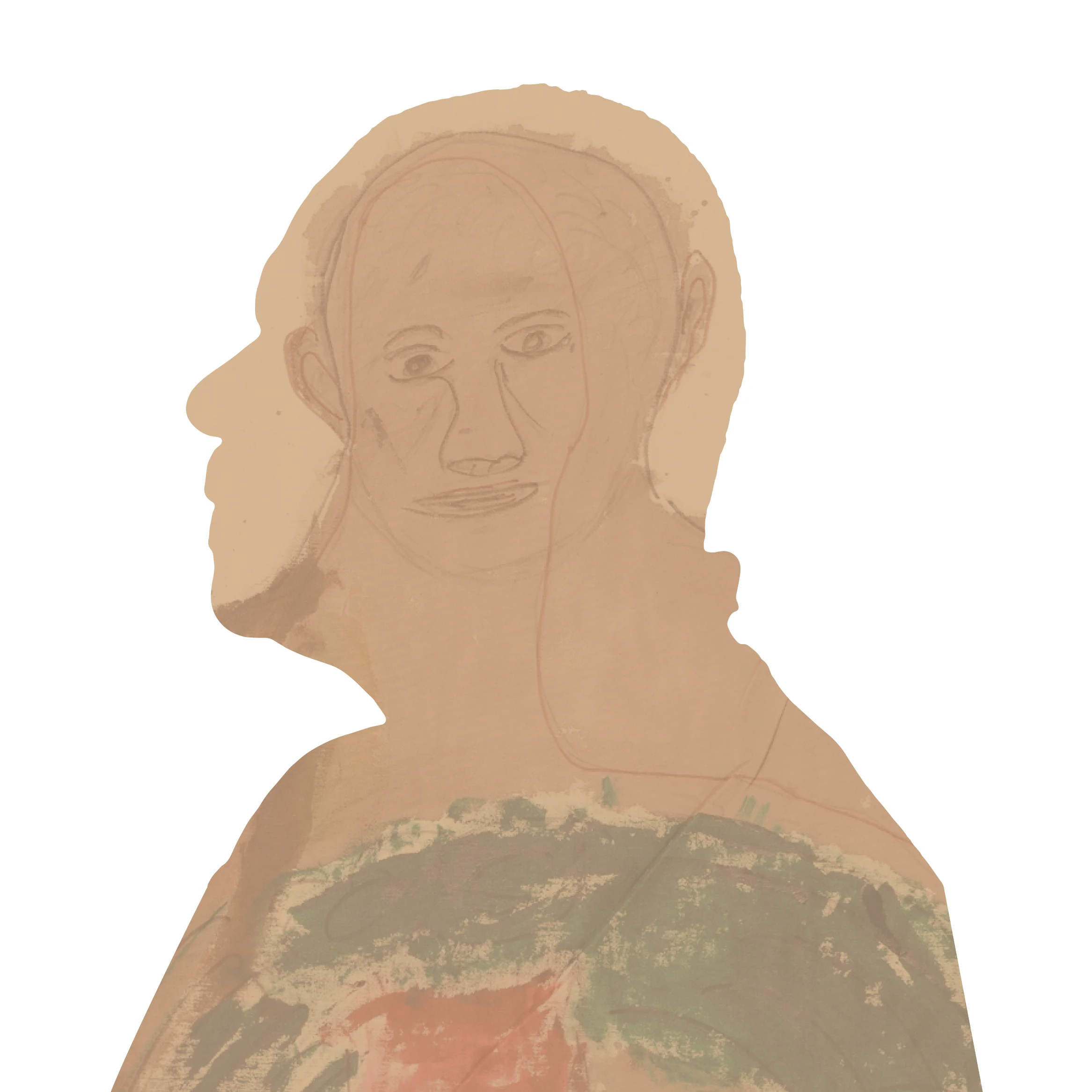
Elasmaie
I believe in multiplicity and democracy, and I hope that I can contribute to the transformation process in Sudan.
I am Elasmaie, a Sudanese citizen. I work actively with others to defend human rights and ensure that we have a decent life in Sudan for all the Sudanese people. What stuck most with me during this [body mapping] exercise was pulling memories from my childhood, which was the beginning for me. I just had so many memories: the streets, friends, the games we used to play, the naughty days, the pains and injuries, the happy moments and many other things.


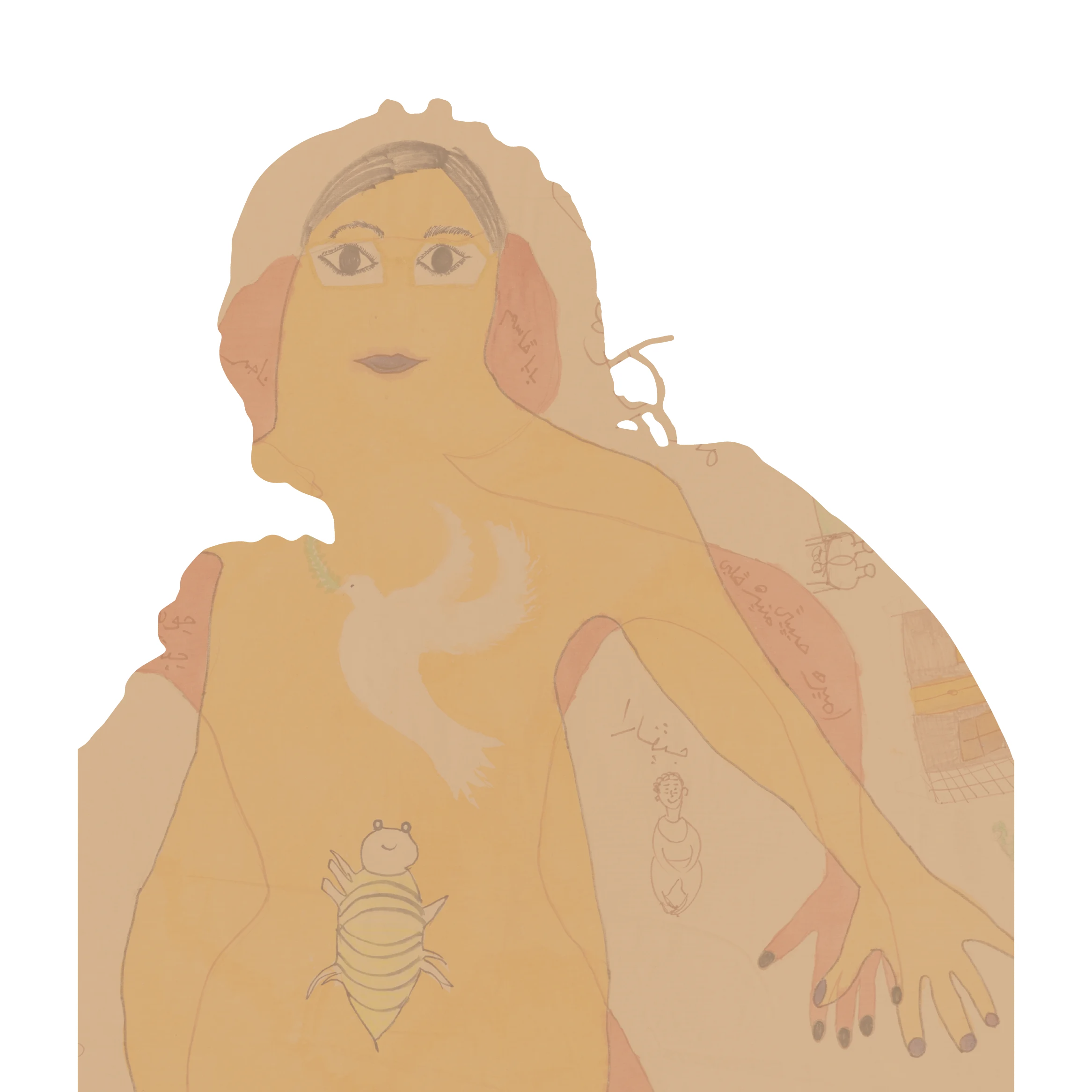
Salwa
When I thought about those who made an impact on my early years, it is the people who helped and guided me.
I work in the field of psychosocial support and the body mapping exercise was different from anything else I had ever done. It had a tremendous impact on me. After my body map was finished, I stood right before it and looked at it. And only then did I realize that this was Salwa, with all her pains and joys, and sad moments. This drawing is undoubtedly the real Salwa. And I am very happy with myself, especially considering everything that I’ve been through in my life, including things outside my control. I’ve experienced so much in my life. Nonetheless, I feel grounded and content as “Salwa“.


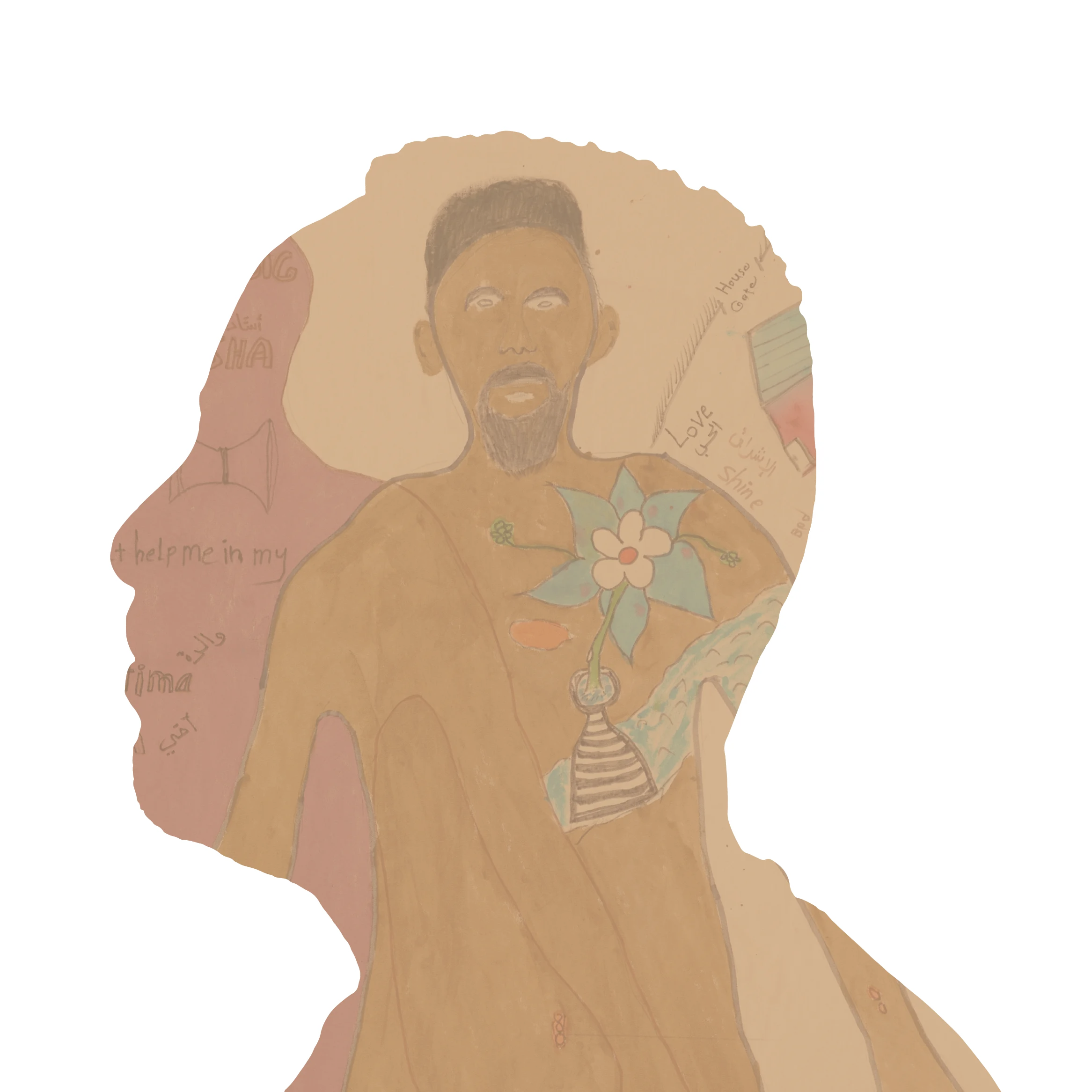
Mohammed
Recollecting my childhood had an impact on my feelings and even my optimism in the environment I live in.
My body map includes different areas that reflect what I have felt from when I was little, until now. Feelings of tension, comfort, but also pain. After I drew my body map, I definitely felt different emotions. I felt there was a relief from all that tension and, generally speaking, the experience was quite useful to me. Generally speaking, I feel well, however, there is still some unease as a result of recollecting memories and undesirable thoughts from the past.


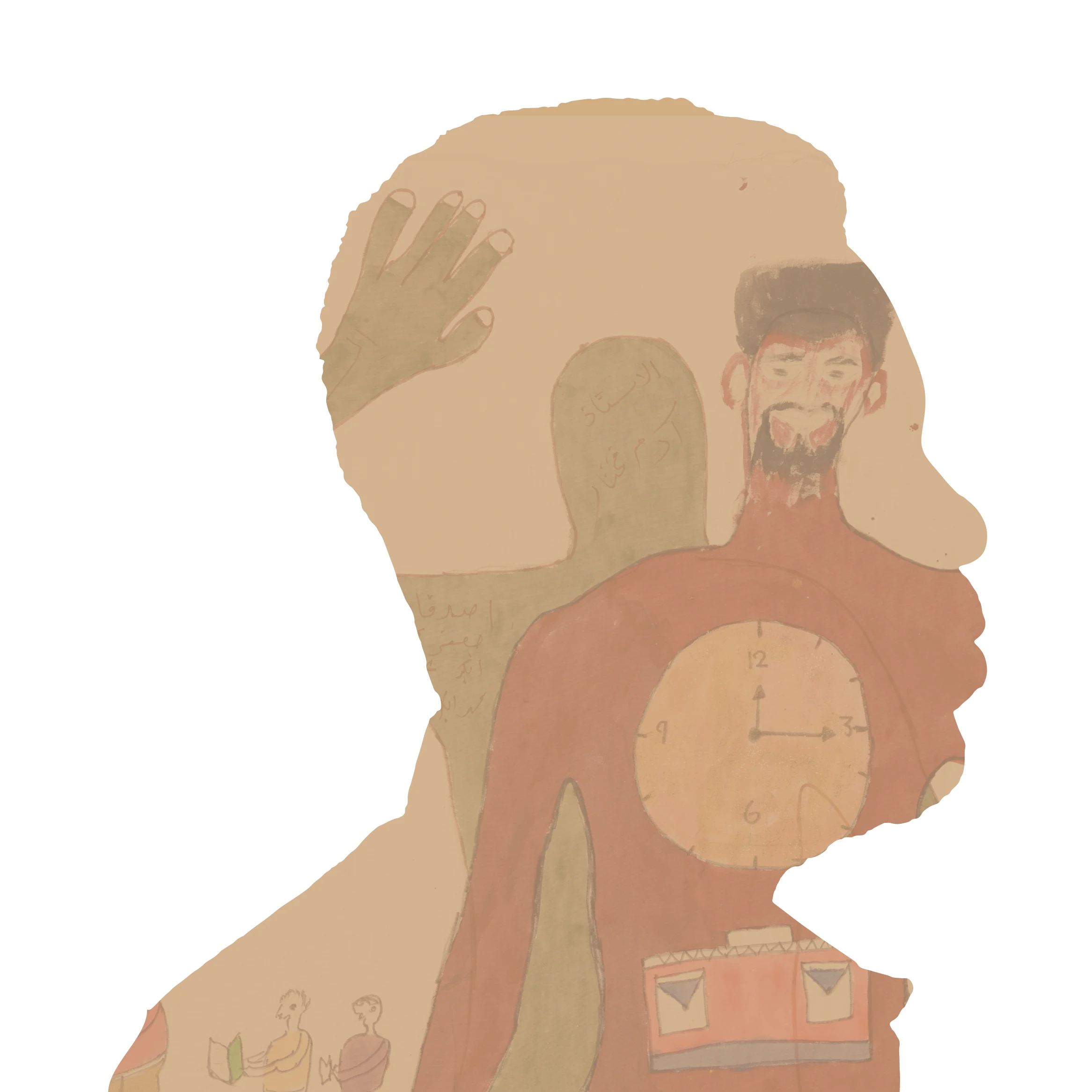
Nasir
It is a good exercise to express your trauma pains and reflect on your life, the positive and the negative aspects.
The best and most meaningful part of the exercise was the painting of the portrait on the body map. It felt so good looking at yourself in the mirror and then trying to express that in painting on your body map. It stirred emotions that I could transfer on the portrait in the form of a symbol to reflect on. Overall, I felt like I represented my life well, from childhood to the present with an outlook on the future. To those who will read or look at my body map, I encourage you to give it a try. It is a good exercise to express your trauma pains and reflect on your life, the positive and the negative aspects.


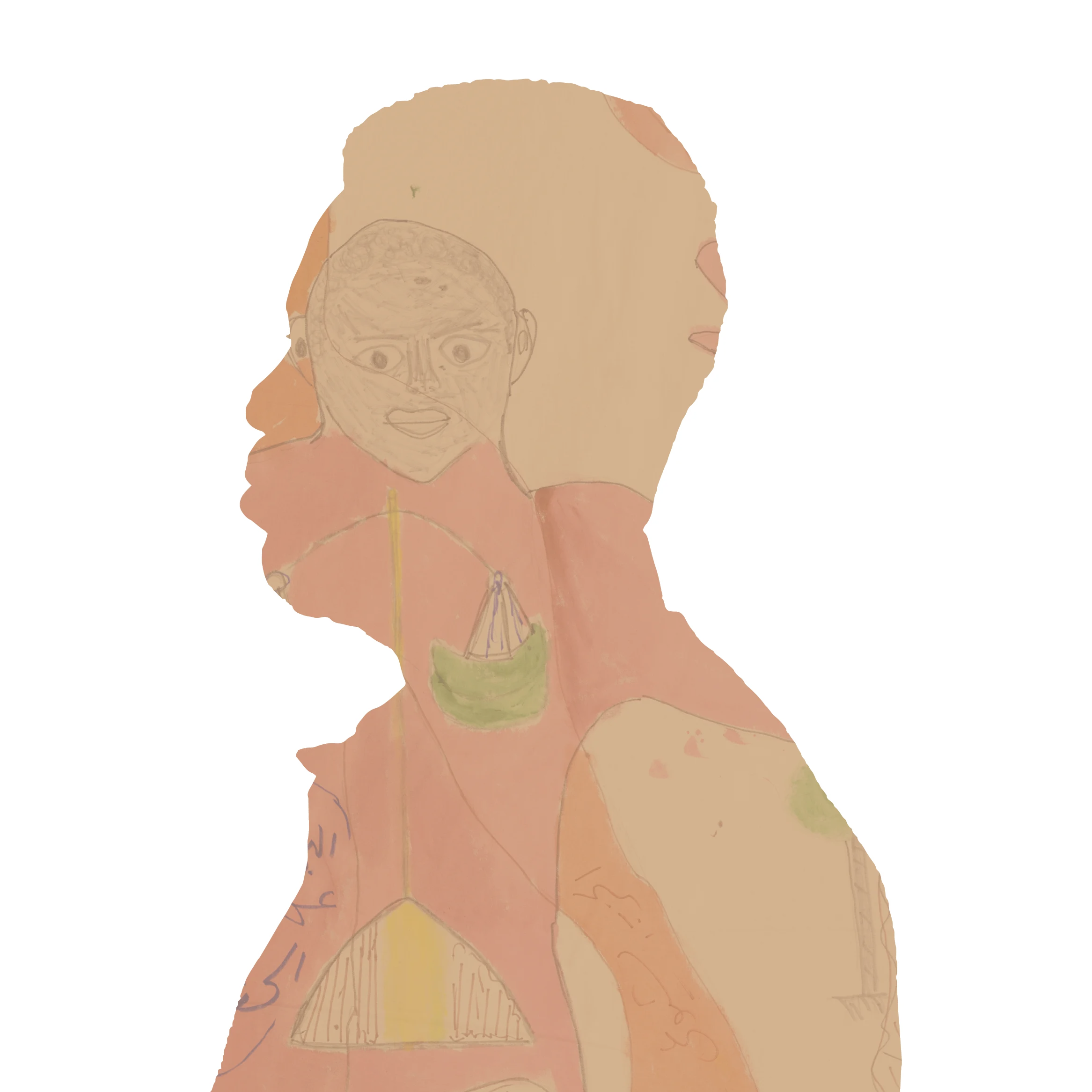
Shawgi
From top to bottom, and from birth until adulthood, drawings and words expressing all stages of life, and the feelings and emotions that one has experienced, such as the pains and joys. All these are represented in my body map.
My body map represents someone who has been through a lot of pain, and experiences that considerably affected them. However, what I came to understand is that the body map covers various stages in life, and you begin to discover at every stage that there are things which are worth pulling oneself together for. Every stage has its characteristics and failures, which you may not have been aware of. You even see a new life that you didn’t know about. The body map represents your hidden things – the bright side of your life and the painful side of your life. After I drew the map and mentioned the important people and happy events in my life, I realized how I looked differently at life, from birth till now.


Mahfuz (Preserved) is a memorialization project to help preserve memory and provide an understanding of the present in order to prevent the recurrence of war and build sustainable peace. This project focuses on the often-ignored challenges faced by those seeking peace, through memorialization, to help repair societies that are emerging from violent conflict.
This part of the virtual exhibition documents the Sudanese war as told by people who have fled the 2023 conflict and now reflect on their experience. You will also hear them tell the story of their most valuable item they took with them.


Abdullah


Abeedy


Al-Tayeb


Ali


Amal


El-Fatih


Fadul


Howeida


Gafar


Kareem and Mohamed


Malaz


Manasik


Mona


Nader


Rawia
Credits
Creative Director and Curator
Nana-Jo Ndow
Producer
Mara Vlatković
Writers
Nana-Jo Ndow and Mara Vlatković
Videographer and Editor
Timeea Mohamed Ahmed
Photography
Oscar Gutierrez
Voiceover
Gamar Abden and Gafar Mohammedelamin
Sudan Advisor
Inaam Eltayeb
Sudan Mahfuz Director and Producer
Inaam Eltayeb
Design
Anna Sayer
Web Developer
Manfred Linzner-Scherf
Translation
Ahmad Ajjan and Dinan Alasad
Music
Mohamed “Mozi” Siddig
Typeface Design
Fatima Abbas
About International Coalition of Sites of Conscience
- Preserving Memory
- Promoting Truth
- Pursuing Justice
The International Coalition of Sites of Conscience (ICSC) is a global network of museums, historic sites and grassroots initiatives dedicated to building a more just and peaceful future through engaging communities in remembering past struggles for human rights and addressing their modern repercussions. Founded in 1999, ICSC includes more than 350 Sites of Conscience members in over 65 countries as of June 2023.
Acknowledgements
Our heartfelt gratitude goes out to the people of Sudan; your strength, your perseverance, and your openness to share your experiences. May this be a continuation of your storytelling and contribution to Sudanese history.

